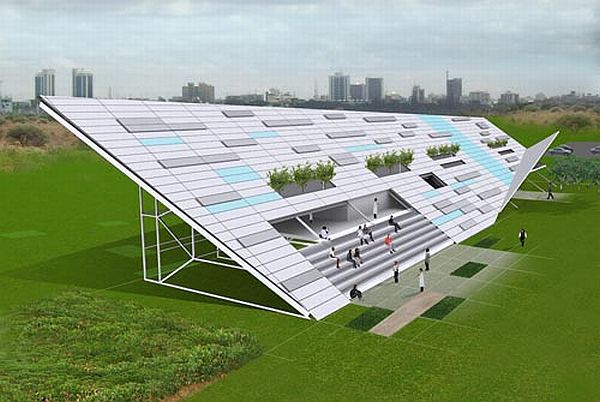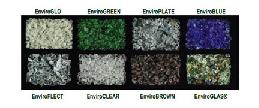
Makeka Design Lab has proposed a sustainable solution for the expansion of the IITA Research hub in Dar es Salaam. The new center will be an important new home to those who are working to increase food security in Africa. The new structure, with an open and naturally illuminated hall, fosters leaerning and information sharing through a careful calibration of th open and flexible work environments with enclosed private space.
What takes the proposed building to the next level, besides its quality research in the field of agriculture is the fact that energy efficiency has been given utmost importance during the building phase and hence is an integral part of the building. Active and passive – both kind of energy systems are given due place in the building. As a part of active energy system, a solar panel system has been at the core of the building. The roof of the building holds the solar panels at such an angle that it maximizes efficiency of solar cells. The footprints of the building are built in such a way that they minimize the solar load on the building and shield the building from extreme heat. Though solar power will be the primary source of electricity but a sound proof generator has been installed as a backup.
For cooling the building, again energy efficiency has been kept at center stage. The ventilations are of two types: wind driven ones and stack ventilation. The louvers installed just below the roof line of the building make it possible for the cold air to pass through rooms as the hot air comes out. Besides passive energy systems are inbuilt throughout the building like natural day lighting, passive ventilation, etc., are integrated throughout the building.
Rain water harvesting too has been integrated into the building through the ‘V’ shaped roof and is collected in a rain water collection tank at the base of the building. From there it gets filtered through various devices and then it is recycled throughout the building. The gray water from the building will also be recycled for reuse in the building and most possibly for irrigation purposes also.
Via: MakekaDesign




